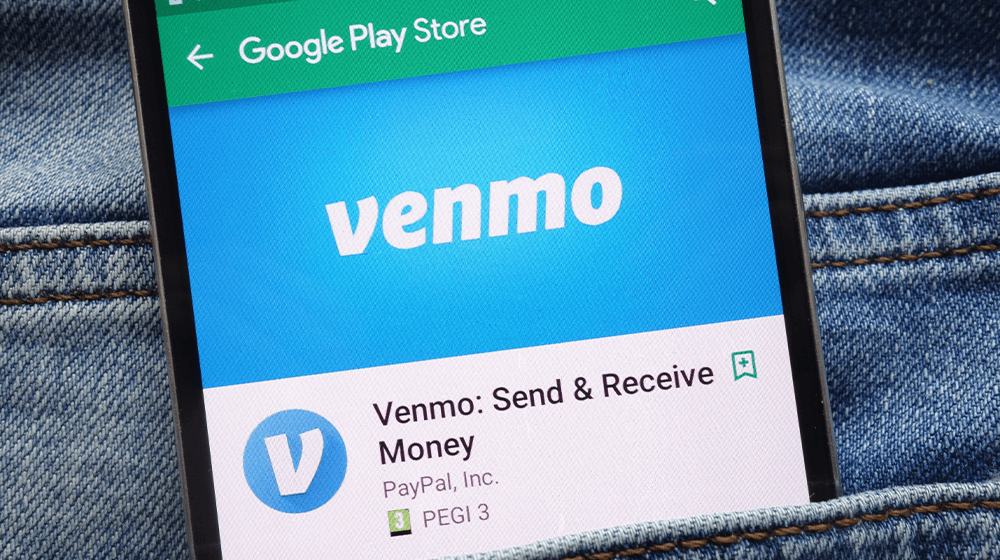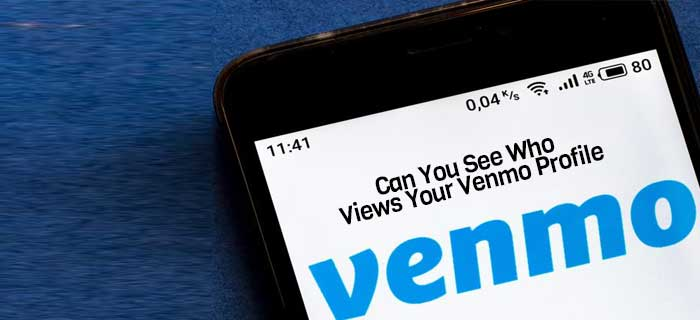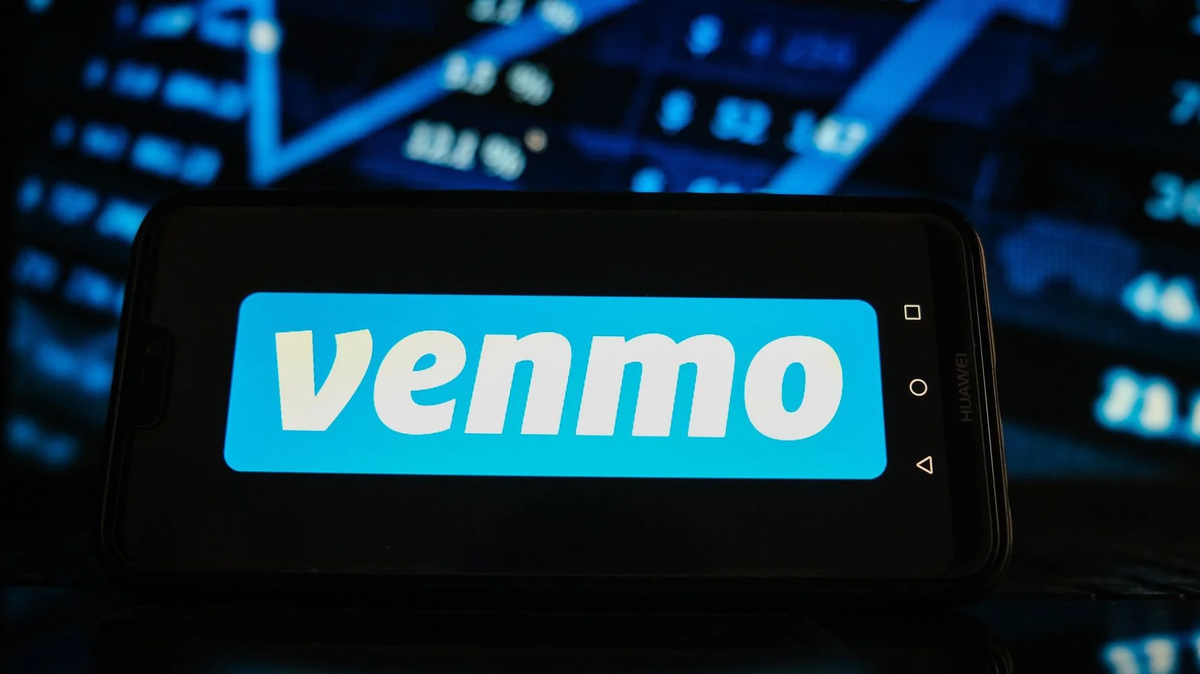11 venmo transfer questions (answered & explained!)
Venmo has revolutionised the way we transfer money to people we know, making it easier and faster to send and receive money. But with this new method of transferring money, come several questions regarding its use.

Venmo has quickly become one of the most popular money transfer apps today, and for good reason. It’s fast, user-friendly, and more importantly, free. However, with its rise in popularity, come some questions regarding its usability and security.
If you’re an active Venmo user, you must have had questions about the app’s safety, how much money you’re allowed to transfer, and even how to hide certain transactions from public view. In this article, we will answer 11 of the most frequently asked questions about Venmo and explain how each of these features and limitations work.
How Does Venmo Work?
Venmo is an online payment service that allows users to quickly and easily transfer money to friends, family, and businesses. It’s fast, secure, and convenient — all you need is a Venmo account!
To get started, users link their credit cards, debit cards, or bank accounts to their Venmo account. Once the account is set up, making transfers is simple. Just enter the amount you want to send along with the recipient’s username or email address and click “Pay”. The money will be transferred instantly from your account to theirs.
If you’re sending money to someone who doesn’t have a Venmo account yet, they’ll receive an email notification with instructions on how to create one. With Venmo’s social aspect, it’s easy to stay connected with your contacts so you can keep track of payments made and received. Whether it’s splitting a bill or sending a birthday gift, Venmo makes it easy to manage your finances without having to worry about cash or checks!
How to Send Money with Venmo
Sending money with Venmo is easy and secure. All you need to do is link your credit card, debit card, or bank account to your Venmo account. After that, sending payments is as simple as entering the amount and recipient’s username or email address and clicking “Pay”. Money transfers are usually processed instantly so your friend or family member will have the funds right away.
If you’re sending money to someone who doesn’t yet have a Venmo account, they’ll receive an email notification with instructions on how to create one. You can also add a personal message if you’d like. This way, when they open their Venmo balance they’ll know exactly why they received the payment!
Venmo also makes it easy to manage your finances by allowing you to view all of your past transactions in one convenient place. Whether you’re splitting a bill or sending a gift, Venmo’s social aspect allows you to stay connected with contacts so you can keep track of payments made and received quickly and easily.
Signing Up for an Account
Signing up for a Venmo account is quick and easy. All you need to do is visit the website, select “Sign Up” and provide some basic information such as your name, email address, phone number and birthday. Once you’ve completed this step, you’ll be asked to link a bank account or credit/debit card to your Venmo profile. This allows funds to be transferred from your linked account when making payments. Finally, Venmo will send an email confirmation with instructions on how to verify your identity and begin using their services.
With a Venmo account, you can instantly transfer money between contacts who also have Venmo accounts. You can also pay businesses that accept Venmo payments or use the balance in your account to make purchases at participating merchants with the “Venmo Card”. Plus, all of your transactions are secure and protected by industry-leading fraud prevention technology. So sign up today and start taking advantage of all that Venmo has to offer!
Sending Money from Your Bank Account
Sending money from your bank account to another Venmo user is quick and easy. All you have to do is select the “Send Money” option on the website or app, enter the recipient’s email address or phone number and the amount you wish to send. The funds will be instantly transferred from your linked bank account into their Venmo account balance. Alternatively, you can use Venmo to pay businesses that accept Venmo payments with funds from your bank account.

Venmo also offers a payment solution for merchants known as “Venmo Card” which allows you to pay with a balance in your Venmo account at participating retailers. When making a purchase at these locations, simply choose “Venmo Card” as your payment method and then enter your PIN or sign into your account for authentication before completing the transaction.
No matter how you choose to transfer money with Venmo, all of your transactions are secure and protected by industry-leading fraud prevention technology so you can rest assured knowing that your information is safe and sound!
Sending Money from Your Credit Card or Debit Card
Sending money from your debit or credit card to another Venmo user is just as easy as sending from your bank account. All you have to do is select the “Send Money” option on the website or app, enter the recipient’s email address or phone number, and the amount you wish to send. Once you confirm that everything is correct, your funds will be instantly transferred from your linked card into their Venmo account balance. This process also works when using Venmo to pay businesses that accept Venmo payments with funds from your card.
Your cards are protected by industry-leading fraud prevention technology and all of your transactions are securely encrypted for added protection. You can rest assured knowing that no matter how you choose to transfer money with Venmo, your information is safe and sound! Plus, if you ever experience any issues with a transaction, Venmo’s customer service team is available 24/7 to help resolve any problems quickly and efficiently.
Adding a Payment Method to Your Account
Adding a payment method to your Venmo account is quick and easy. You can link your bank account, debit or credit card, or even PayPal account so you can send money to friends and family in no time. To add a payment method, simply open the
Venmo app or log in to the website and select “Settings” from the menu. Next, tap or click on “Payment Methods” and then select “Add Payment Method.” From here, you will be able to choose from one of the four options: Bank Account, Debit Card, Credit Card, or PayPal. Finally, enter the necessary information associated with your desired payment method and confirm it by clicking “Save Changes.” After that, you’re all set – you can now use Venmo to securely transfer money to friends and family!
Verifying Your Bank Account Information
Verifying your bank account information on Venmo is a quick and simple process. To begin, open the app or log into the website and select “Settings” from the menu. Next, tap or click on “Payment Methods” and then select “Verify Bank Account Information.”
From here, Venmo will ask you to enter your bank name, routing number, and account number. Once you have entered this information correctly, Venmo will send two micro-deposits of less than $1 each to your bank account. You must then verify these deposits in order to complete the verification process. To do this, simply log into your online banking account or call your bank directly and provide them with the two deposit amounts. After they have been verified, you will be able to use Venmo to securely transfer money from your bank account!
Fees Involved in Using Venmo Transfers
When it comes to transferring money securely with Venmo, users should be aware of the fees that may be associated with this service. For most transfers, Venmo does not charge a fee.
However, there are certain transactions which may incur a fee, such as bank transfers or credit card transactions. Bank transfers within the US cost 3% of the total amount transferred and international bank transfers cost 5%. Credit card transactions also incur a fee of 3% of the total amount transferred. Additionally, if you’re using an unsupported bank account or debit card to send money, you will also be charged an additional 1% fee on top of your regular transaction fee. It is important to understand these fees before using Venmo so that you can make sure you’re making the best choice for your situation!
Standard Transfer Fees
When sending money with Venmo, standard transfers are free of charge. However, depending on your payment method, additional fees may apply. For example, bank transfers within the US cost 3% of the total amount transferred and international bank transfers cost 5%.
Credit card transactions also incur a fee of 3%, plus an additional 1% fee if you’re using an unsupported bank account or debit card to send money. Additionally, there may be fees associated with instant transfers and other services offered by Venmo. It is important to understand these fees before using Venmo so that you can make sure you’re making the best choice for your situation!
Instant Transfer Fees
When you need your money right away, Venmo offers instant transfers. These transfers are subject to a fee depending on the amount being transferred. Up to $299.99 will incur a fee of $0.25 and from $300-$2,999.99 will incur a fee of 1% of the total amount transferred. For transfers over $3,000, the fee is 0.50% of the total amount transferred up to a maximum fee of $10 per transfer.

Instant transfers are convenient when you need your money quickly but be sure to factor in this additional fee so you aren’t caught off guard! Additionally, if you choose an instant transfer that involves your debit or credit card as payment method, you may also incur additional fees from your financial institution for using their services with Venmo.
In conclusion, Venmo offers a convenient way to send money quickly and securely through its encrypted network. However, understanding the limits associated with using Venmo transfers as well as taking advantage of the support options available can help ensure that your transactions are safe and successful!